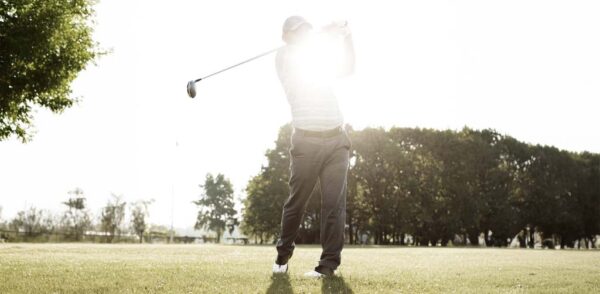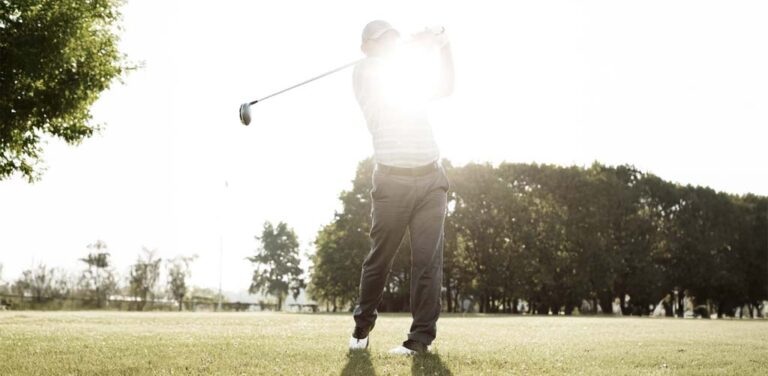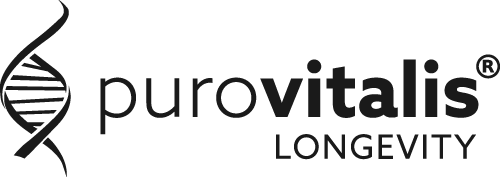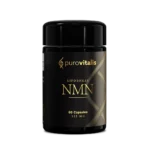
A closer look at what really happens as you get older and what some golfers are quietly doing about it.
You know the feeling.
The front nine’s smooth, tempo’s solid, swing feels natural.
Then somewhere after the turn, things shift.
Your swing still looks fine, but it takes more effort to keep it that way.
You’re not imagining it, and it’s not just age catching up.
Something subtler is happening beneath the surface.
“By hole 16, even my best shots start to feel like work.”
— David, 58, amateur golfer
The Slow Drift Most Golfers Don’t Notice Right Away

It’s rarely one big mistake.
It’s the little things:
You start rushing a shot.
You overthink an easy putt.
The rhythm feels just a touch off.
And when you finish the round, you can’t quite explain why it felt different.
That shift from automatic to effortful is one of the first signs your body’s resilience is changing.
It’s not that you’ve lost skill.
It’s that the engine behind your consistency doesn’t recover as easily as it used to.
What’s Really Going On Inside

Every drive, every swing, every read of the green, your body runs on something you never see: cellular energy.
Deep inside your cells, there’s a molecule called NAD⁺.
Think of it like the battery inside every cell, powering how your body converts oxygen and nutrients into energy you can actually use.
Not caffeine-style “boosts.”
Just steady, reliable power that keeps your swing, your focus, and your timing in sync.
Here’s the thing:
After about 40, those NAD⁺ levels naturally decline.
So your cells produce energy a little less efficiently.
You still have the skill, it just takes more from you to maintain it.
That’s why hole 16 feels heavier than hole 6.
It’s not your focus fading.
It’s your body running on a little less of what it once had plenty of.
The Moment It Starts to Click

Most players shrug it off.
“Need more water.”
“Maybe I should stretch.”
But a few started wondering, what if it’s deeper than that?
They began looking into what happens inside the body as we get older: how recovery slows, focus dips, and why it’s harder to stay in the zone.
And that’s when a compound called NMN (Nicotinamide Mononucleotide) caught their attention.
What NMN Actually Does

NMN is something your body already makes in small amounts.
It’s a precursor to NAD⁺, meaning it supports your body’s natural ability to maintain healthy NAD⁺ levels.
Think of it like giving your cells the same tools they had in your 30s.
You’re not changing who you are; you’re helping your body work the way it’s meant to.
Some golfers describe it simply:
“I still play the same. I just don’t fade as early.”
No buzz. No caffeine.
Just a steadier feel right through hole 18.
Why It’s Quietly Catching On

- Helps maintain consistency through long rounds.
- Supports natural recovery between holes.
- Backed by science on healthy cellular function.
- Trusted by men who want to keep performing, not just playing.
Finish Every Round The Way You Start It

Your swing hasn’t changed.
Your gear hasn’t changed.
Your body’s rhythm just needs the same cellular support it used to have.
Discover how NMN from Purovitalis helps golfers stay consistent, focused, and steady from first swing to last.
[👉 Discover NMN]
Purovitalis NMN supports healthy cell function and natural vitality. This article is for informational purposes only and does not provide medical advice.
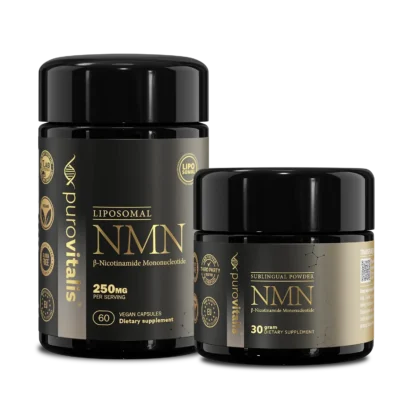
NMN supplements Europe based Liposomal delivery
Our NMN supplements are here for you to help you shine and feel your best! Try it out!
